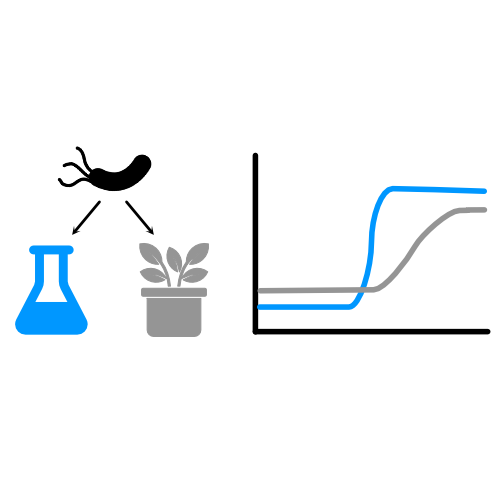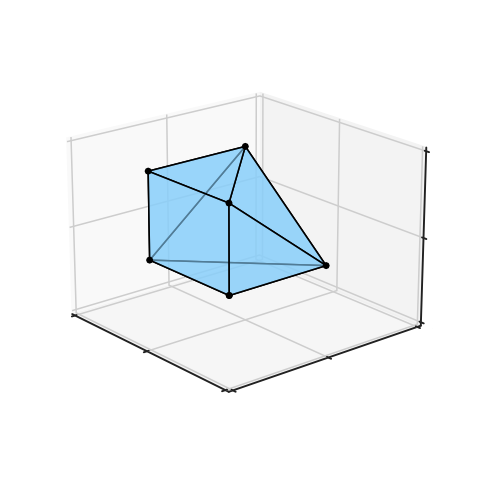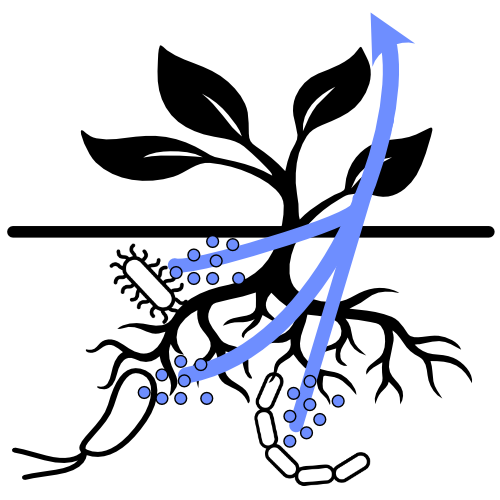Sitemap
A list of all the posts and pages found on the site. For you robots out there is an XML version available for digesting as well.
Pages
Posts
Future Blog Post
Published:
This post will show up by default. To disable scheduling of future posts, edit config.yml and set future: false.
Blog Post number 4
Published:
This is a sample blog post. Lorem ipsum I can’t remember the rest of lorem ipsum and don’t have an internet connection right now. Testing testing testing this blog post. Blog posts are cool.
Blog Post number 3
Published:
This is a sample blog post. Lorem ipsum I can’t remember the rest of lorem ipsum and don’t have an internet connection right now. Testing testing testing this blog post. Blog posts are cool.
Blog Post number 2
Published:
This is a sample blog post. Lorem ipsum I can’t remember the rest of lorem ipsum and don’t have an internet connection right now. Testing testing testing this blog post. Blog posts are cool.
Blog Post number 1
Published:
This is a sample blog post. Lorem ipsum I can’t remember the rest of lorem ipsum and don’t have an internet connection right now. Testing testing testing this blog post. Blog posts are cool.
portfolio
Portfolio item number 1
Short description of portfolio item number 1
Portfolio item number 2
Short description of portfolio item number 2 
publications
A Markovian entropy measure for the analysis of calcium activity time series
Marken JP * , Halleran AD * , Rahman A, Odorizzi L, LeFew MC, Golino CA, Kemper P, Saha MS. PLoS One, 2016 Dec 15.

Unlike mature neurons, Xenopus laevis neural progenitors do not display stereotyped spiking behavior in their calcium dynamics, precluding the use of spike-counting algorithms to analyze time-series datasets. Jointly with Andy Halleran, we developed an algorithm that represents the calcium dynamics as a Markov process and calculates the entropy associated with the corresponding transition matrix. Our method was able to separate the calcium activity datasets from developmentally-distinct stages of progenitor cells more strongly than conventional methods. [Link] [pdf]
A geometric and structural approach to the analysis and design of biological circuit dynamics: a theory tailored for synthetic biology
Marken JP * , Xiao F * , Murray RM. bioRxiv Preprint, 2020 Feb 19.
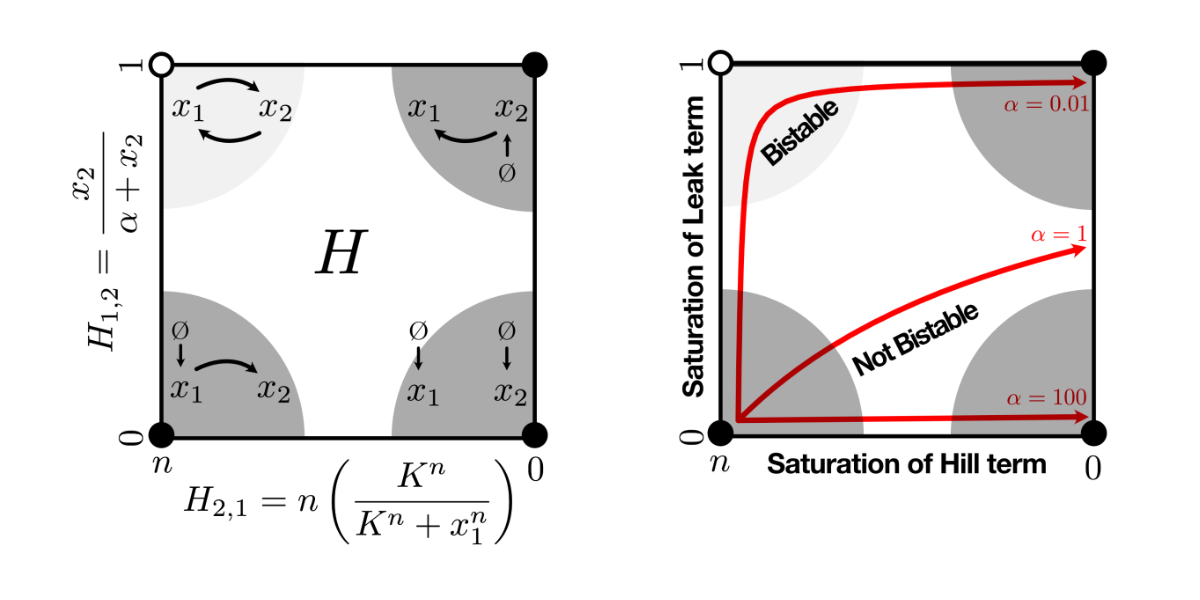
When synthetic biologists design and analyze genetic circuits, the mathematical tools and conceptual frameworks that we use typically come from other disciplines, like engineering and computer science. But what would it look like to have a mathematical theory that was specifically developed for biomolecular systems? Jointly with Fang Xiao, we propose just such a framework, focusing on the ubiquitous presence of saturation in biomolecular reactions. Our central insight is that a genetic circuit can be approximated by a set of simpler circuits depending on the system's saturation state, and by analyzing these simpler circuits, we find that dynamic properties like bistability and oscillations can actually be encoded at a more fundamental, structural level than could be seen with conventional analysis approaches. [Link] [pdf]
Addressable and adaptable intercellular communication via DNA messaging
Marken JP, Murray RM. Nature Communications, 2023 Apr 24.
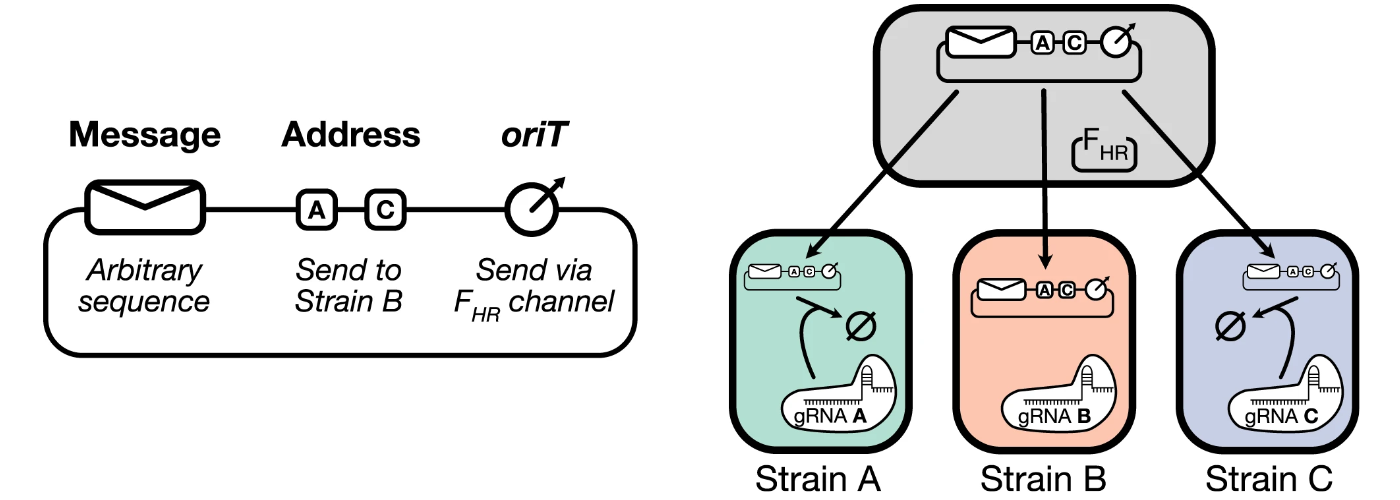
By encoding messages into mobile DNA elements, one can massively scale up the bandwidth of intercellular communication channels in engineered bacterial populations. Ortiz and Endy first implemented this insight in 2012, but after over a decade there has still been little adoption of DNA-based communication by the wider field. Here I developed a modular and scalable framework for DNA-based communication that leverages its unique property of dynamic message mutability to enable messages to be addressed to specific recipients in a population. Furthermore, these messages are editable in situ by the cells themselves, allowing the system to dynamically reprogram the flow of information within itself in response to control signals. [Link] [pdf]
Synthetic microbiology in sustainability applications
Jones EM *, Marken JP *, Silver PA. Nature Reviews Microbiology, 2024 Jan 22.
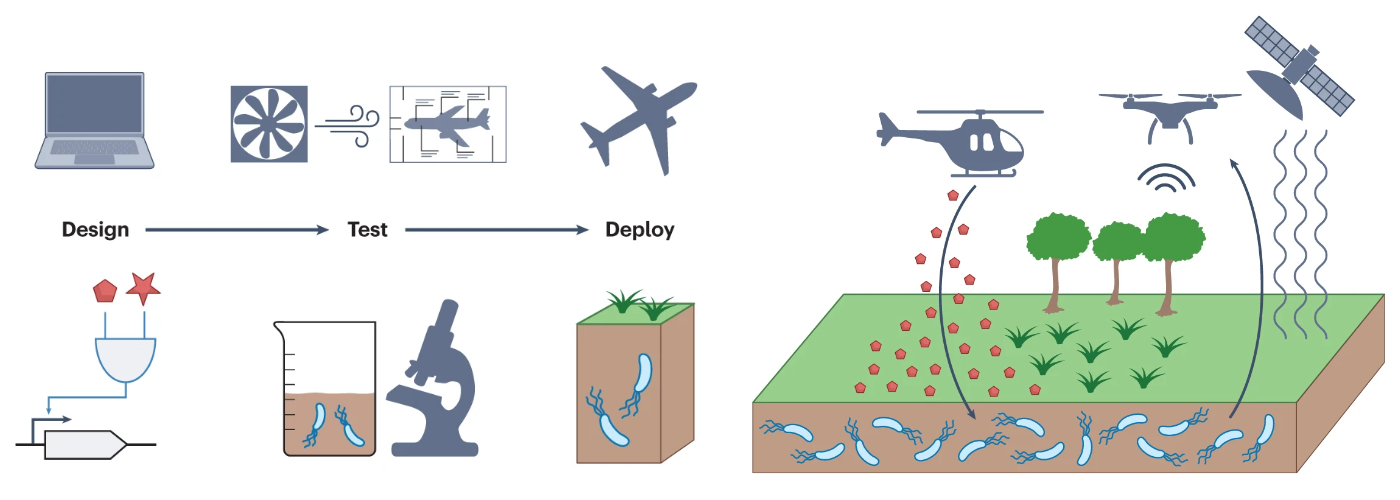
Engineered microbes have great potential for addressing the many sustainability challenges that we face today. In this review, Ethan Jones and I develop an organizing framework for the various classes of applications of synthetic biology for sustainability. We use the property of environmental interfacing, the extent to which the engineered microbe is exposed to the natural environment in its deployment context, to categorize applications areas into three domains: Factory, Farm, and Field. This framework reveals common principles and challenges shared by application areas that are typically viewed as disparate, revealing important research directions that cross disciplinary boundaries. [Link] [pdf]
research
talks
Talk 1 on Relevant Topic in Your Field
Published:
This is a description of your talk, which is a markdown files that can be all markdown-ified like any other post. Yay markdown!
Conference Proceeding talk 3 on Relevant Topic in Your Field
Published:
This is a description of your conference proceedings talk, note the different field in type. You can put anything in this field.
teaching
Teaching experience 1
Undergraduate course, University 1, Department, 2014
This is a description of a teaching experience. You can use markdown like any other post.
Teaching experience 2
Workshop, University 1, Department, 2015
This is a description of a teaching experience. You can use markdown like any other post.

